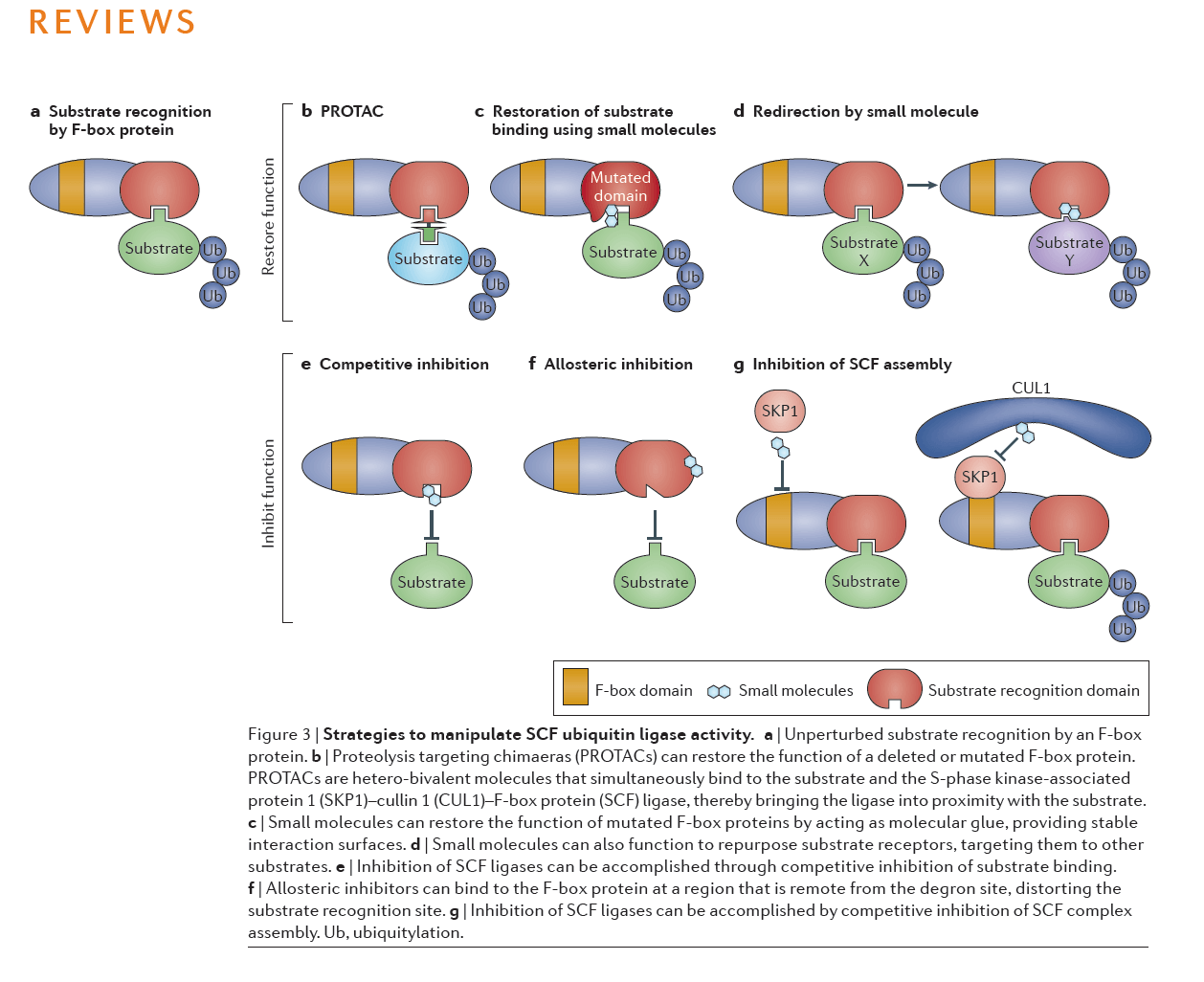Creating Customized Gene Therapy Vehicles

Gene therapy shows great promise for treating and potentially curing a number of single-gene disorders, such as Duchenne muscular dystrophy, hemophilia and cystic fibrosis.
Gene therapy uses an engineered virus, called a viral vector, to deliver a healthy copy of a gene to diseased cells. In the case of single-gene disorders, introducing a working gene can help restore function of a faulty or missing protein and potentially modify or cure the disease.

The process of ubiquintion. Nature
While it’s a straightforward concept, it can be difficult to execute. Successful viral vectors must be able to carry the gene, which sometimes can be very large; target the right type of cell for a specific disease; insert the new genetic material into the cell; and “activate” the gene to create the missing protein. Scientists also need to engineer vectors to avoid an immune response.
In recent years, adeno-associated virus (AAV) has become among the most commonly used molecular delivery vehicles in gene therapy. This viral agent is popular because it doesn’t make people sick, does not integrate into host genome, and is able to deliver genetic material to a variety of cell types.
Read on to learn about the key features that go into designing an AAV vector.
